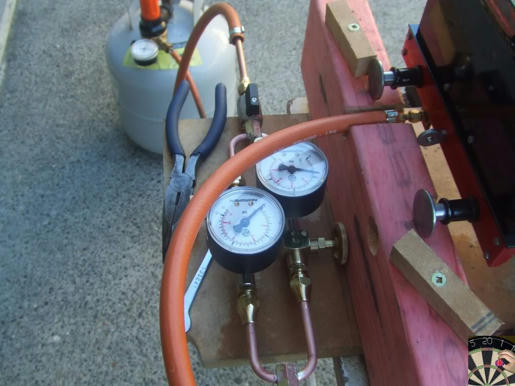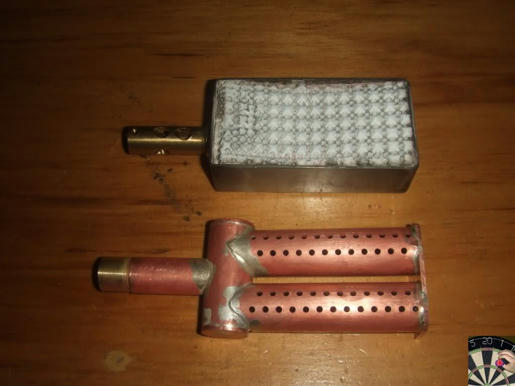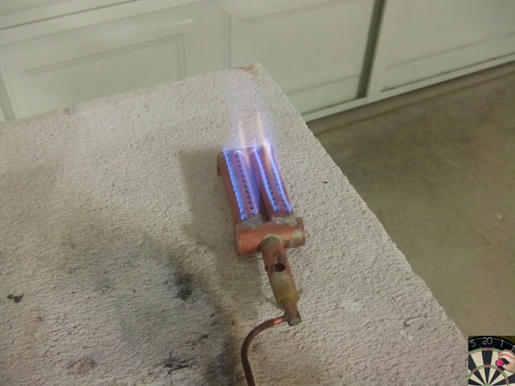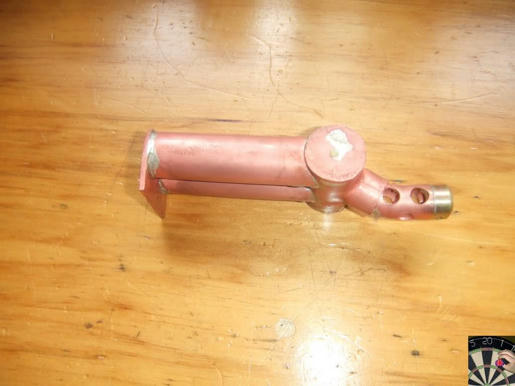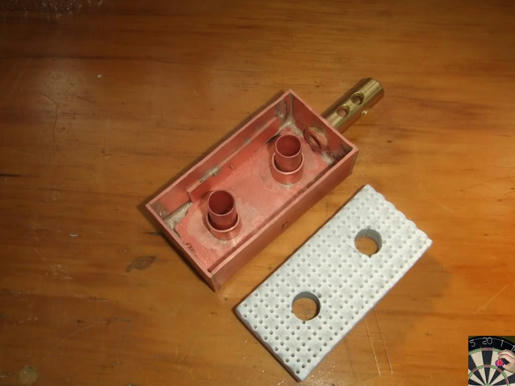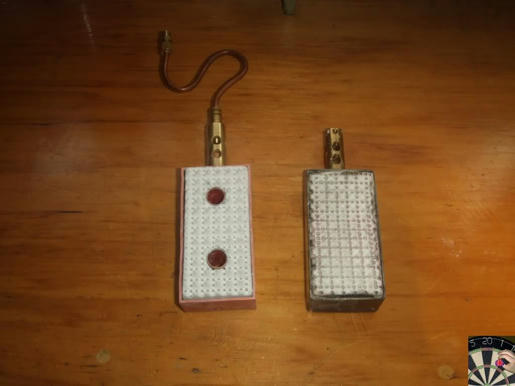Brilliant Pete 
Bet you're really chuffed, it sounds superb too.
I was reading a book with a section about steaming up the other day and it had some info in there which I guess applies to whether it's gas or coal fired. It will certainly help me in the future as I am guilty of it...
It said, one of the most common mistakes people make is to set off as soon as the boiler reaches pressure - I do it, whereas really you should spend a bit of time just doing a couple of short bursts back and forth with drain cocks open to let the rest of the engine warm up, and the boiler isn't really up to full temperature either yet, everything is relatively cold. Of course the effect with a coal fired one is worse as you end up needing to pump water back into the boiler and lose the fire, at least you don't lose the fire and have to start again. It said to spend another 10 or 15 minutes just building a better fire once it's blowing off and letting things heat up.
Nick
Bet you're really chuffed, it sounds superb too.
I was reading a book with a section about steaming up the other day and it had some info in there which I guess applies to whether it's gas or coal fired. It will certainly help me in the future as I am guilty of it...
It said, one of the most common mistakes people make is to set off as soon as the boiler reaches pressure - I do it, whereas really you should spend a bit of time just doing a couple of short bursts back and forth with drain cocks open to let the rest of the engine warm up, and the boiler isn't really up to full temperature either yet, everything is relatively cold. Of course the effect with a coal fired one is worse as you end up needing to pump water back into the boiler and lose the fire, at least you don't lose the fire and have to start again. It said to spend another 10 or 15 minutes just building a better fire once it's blowing off and letting things heat up.
Nick





